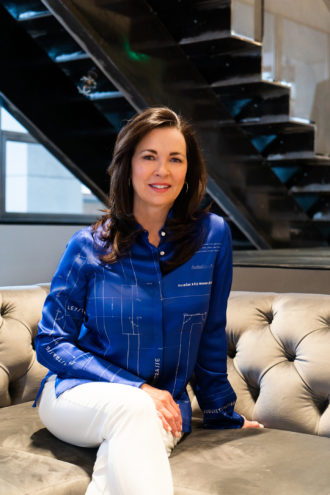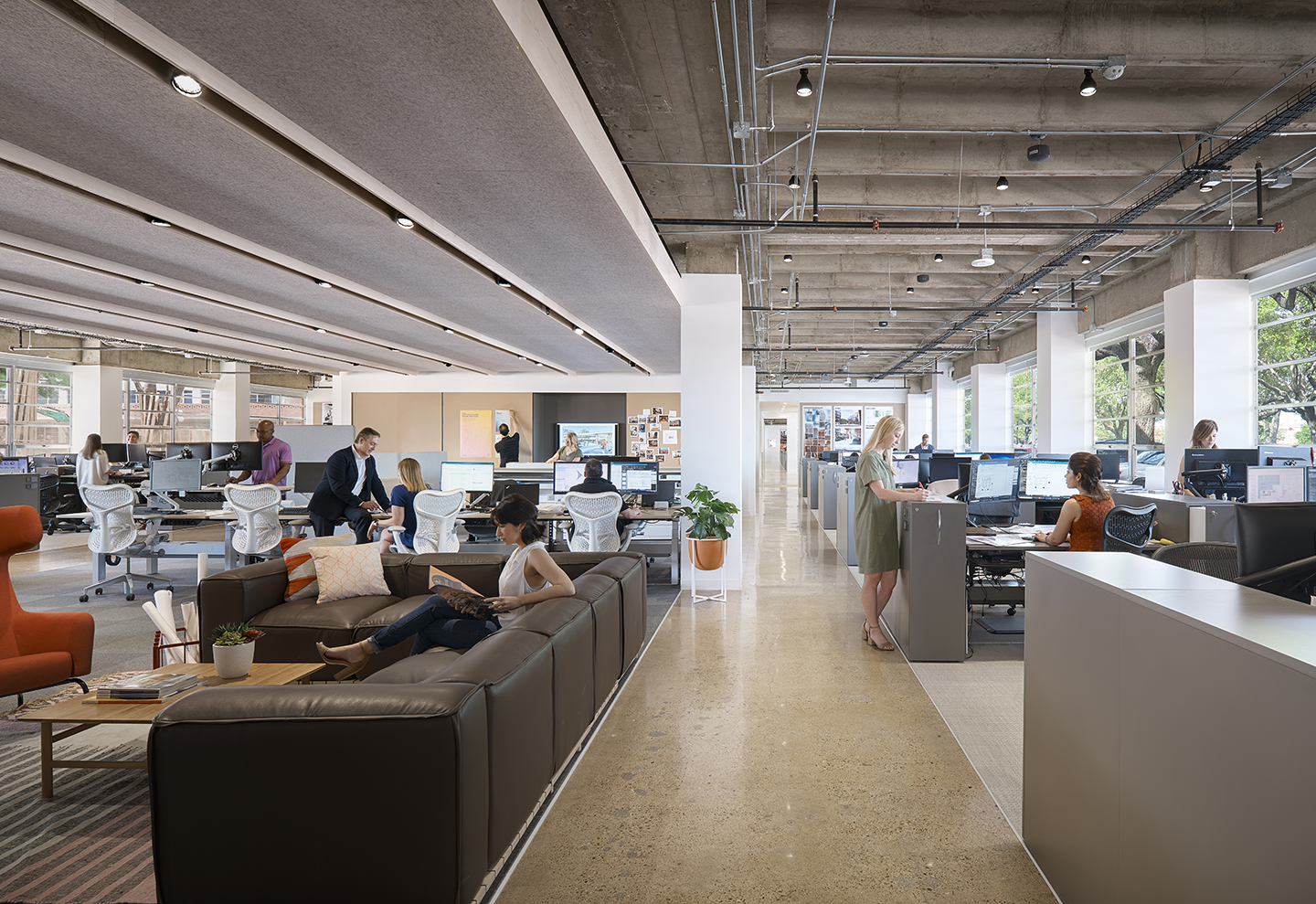By now everyone has heard of the ongoing debate between open and closed office plans. One’s better for introverts, one’s better for extroverts, one’s too loud, one’s too quiet, one’s geared toward an experienced workforce, one’s made for free-thinking millennials, and so on.

The truth is far more nuanced. Gensler’s 2019 US Workplace Survey, which pulls data from 6,000 workers in 10 different industries, from administrative support up to the C-Suite—and for the first time, all four generations—has revealed that the question of either/or is outdated. It’s not about open versus closed, but rather a question of how much of each, and where.
Open office design has been pushed as a way to maximize effectiveness; by promoting employee engagement, companies could maximize business productivity. Last year’s Workplace Survey revealed Experience to be the missing X factor. Experience is comprised of culture, interaction, behavior, and space–ephemeral elements that are often difficult to measure, yet integral to understanding workplace effectiveness. As the war for top talent grows ever fiercer, companies must focus on the experience they can offer recruits in order to stay ahead.
Obsolete thinking says high performers are only found crunching away at their desks. Now we know that our best workers can be found hatching new business plans or informally innovating together over coffee. Our data reveals that high performers actually work everywhere. But how do you create an environment that makes everywhere optimal, and supportive of our employees’ work styles and goals?
Although employees need an effective workplace to perform well, they need a great experience to excel. Here are strategies to create the experience top talent seeks:
Design open environments to include private space, too. Gensler’s 2019 Workplace Survey asked respondents how open their office should be. The results are extremely nuanced, but it’s clear that neither extreme works well. We measured offices with varying degrees of open collaborative space and private focus space, and at either extreme, total openness and total privacy. Our report found that 77 percent of workers prefer having both—a mostly open environment with access to on-demand private spaces.
Thinking in degrees of openness empowers employees by letting them choose what works for them. On-demand private space, a few private focus rooms, desks with varying degrees of enclosure, shared offices and collaborative team rooms provide options throughout the day to accommodate all workstyles. This choice-based strategy creates a culture of flexibility that allows for the constant pivoting between the different environments necessary for team-based work.
Invest in amenities that are about optimizing work, not escaping it. Not all amenities are worth the investment. The top tiers of amenities hit the sweet spot of delivering an effective work environment and impactful experience. It may be surprising to hear, but employees don’t need amenities to provide a break or escape from work. They just want a different work environment that better supports their work needs.
As a result, respondents ranked innovation hubs, maker spaces, tech-free quiet zones, and outdoor workspaces as most valuable, and traditionally ubiquitous amenities like cafeterias and break rooms and lounges least. Companies should offer amenities that enhance productivity, and provide alternative work settings to support mobility, performance, and engagement.
Integrate coworking as a supplement, not a replacement, for a great workplace experience. Fourteen percent of employees at large companies (100+ employees) use coworking spaces. Although coworking has become a hot new buzzword, it’s important to consider how to strategically maximize the benefits it offers. Most users only spend a day per week or less working from coworking spaces, so it makes little sense to make coworking a primary work setting. Instead, coworking delivers the greatest impact as an amenity.
In short, Gensler’s research shows that although the debate between the merits of open and closed offices may be over, the debate itself has revealed the nuances of culture, choice, and empowerment in maximizing our workplace engagement and the productivity of our businesses. High-performing employees require a variety of environments to suit their varying needs throughout the workday, and companies should invest in optimizing those environments in order to benefit the company as a whole.
Find out more about Gensler’s 2019 US Workplace Survey here.
Cindy Simpson is the managing director of Gensler’s Dallas office, a member of the firm’s board of directors, and a Fellow in the International Interior Design Association.






